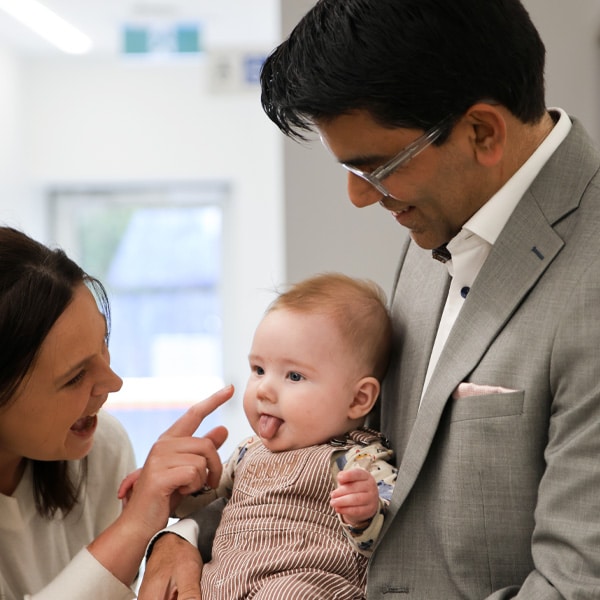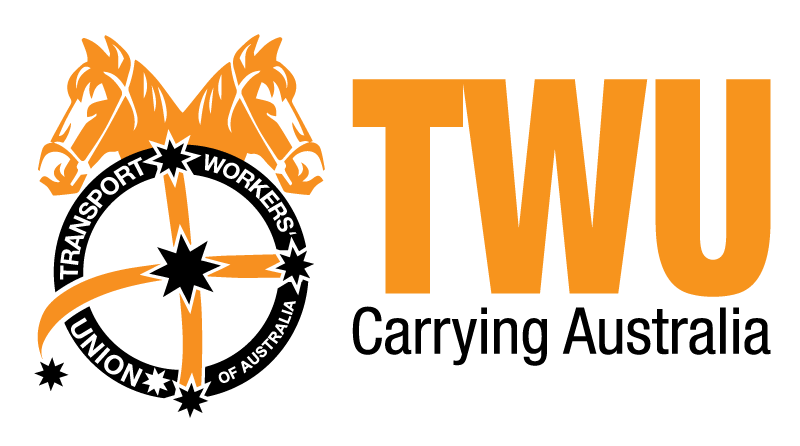The Albanese government will invest $566 million over a decade on data, maps and other tools to promote exploration and development in Australia’s resources industry.
Author
Michelle Grattan
Professorial Fellow, University of Canberra
The project will fund “the first comprehensive map of what’s under Australia’s soil, and our seabed,” Albanese will tell a Perth audience on Wednesday.
This would mean “we can pinpoint the new deposits of critical minerals and strategic materials we need for clean energy and its technology. As well as traditional minerals like iron ore and gold. And potential storage sites for hydrogen.”
Western Australia is a vital state electorally for Labor, where it made big gains in 2022, and the PM is there often. Premier Roger Cook has raised concerns about the implications for the resources sector of the federal government’s planned changes to environmental policy. This visit could see the PM under pressure over his government’s handling of the former detainees, after one of them was allegedly involved in a violent home invasion that saw an elderly woman bashed.
The mapping funding will start from July 1, and the work underpins the government’s “Future Made in Australia” policy.
Describing this as a “generational project”, Albanese will say a “future made in Australia relies on providing confidence to investors, and supporting those who take on the task of exploring our vast continent”.
Experts at Geoscience Australia will drive the work, with the findings freely available to industry.
The information would mean companies would “know where to drill, dig and explore to find the mineral resources that will power our future growth and prosperity.
“This is a map to greater community certainty as well. Because it will assist with infrastructure planning, environmental assessments and supporting the agriculture sector. And help create a sustainable pipeline of projects – on an orderly timeline,” the Prime Minister says in his speech, released ahead of delivery.
“So much of our future prosperity depends on finding more critical minerals, extracting more critical minerals – and doing more with critical minerals before we export them.”
In a swipe at critics of the Future Made in Australia policy, Albanese says that “too often, ‘comparative advantage’ is the reflexive reason given for why we don’t make things here in Australia.
“We’re told it’s not worth trying – that there are too many other countries with more people willing to work for less money. Our abundance of cleaner, cheaper energy changes that equation. It signals a new era of comparative advantage.”
The government says the money will mean Geoscience’s Resourcing Australia’s Prosperity program will be fully funded for 35 years.
For the first time the project will map offshore. This will be “pointing the way for sites for carbon capture and storage, as well as possible sites for clean hydrogen projects,” Albanese and Resources Minister Madeleine King say in a statement.
They say Geoscience Australia’s work has already led to major discoveries, including deposits of critical minerals and rare earths, which are needed in clean energy technologies.
“The road to net zero runs through Australia’s resources sector,” King said.
In his speech Albanese says a future made in Australia “relies on providing confidence to investors, and supporting those who take on the task of exploring our vast continent.”
Renewable energy will be a priority in Tuesday’s budget and beyond, he says.
“As will the opportunity presented by co-locating extraction and production.
“Providing the investment incentives and the regulatory framework to support more downstream processing, on our shores. Taking raw materials to the nearest regional centre for value-adding, rather than shipping them other side of the world. Creating jobs, cutting transport emissions – and reducing costs.”
He stresses a lesson learned from the pandemic – the need to diversify supply chains.
Government has a key role in “de-risking private initiative”.
“Funding discovery, investing in research and supporting the commercialisation of breakthroughs. And helping new industries and start-ups get over the hump.
“But just as market forces alone won’t get us to net zero, fill the gaps in our skills base, build resilience in our supply chains or strengthen our communities, this task can’t be left to government alone – or funded by government alone,” Albanese says.
“In this time of fiercely contested global opportunity, our government is not going to sit on the sidelines and watch the game unfold. Nor are we trying to play every position.”
Getting the right regulatory framework is important, he says.
“One of the key objectives of our Future Made in Australia Act will be to help streamline international investment in national priority projects.
Offering faster pathways to approvals while maintaining important environmental standards.”
“We need faster and better processes to local investment in local projects as well. Whether it’s critical minerals or renewable energy – the current environmental approval process is far too slow.”
Albanese insists his policy is “not a matter of taking sides or picking winners”, a criticism that has come from many who are sceptical of it.
![]()
Michelle Grattan does not work for, consult, own shares in or receive funding from any company or organisation that would benefit from this article, and has disclosed no relevant affiliations beyond their academic appointment.








